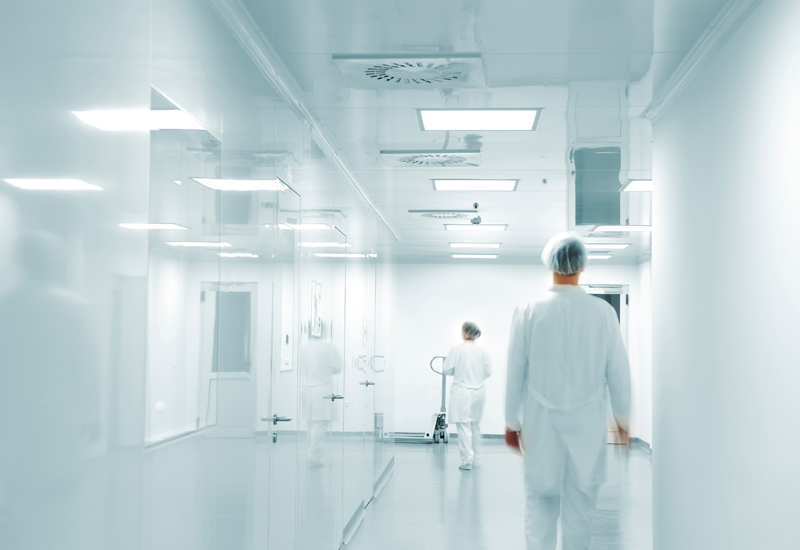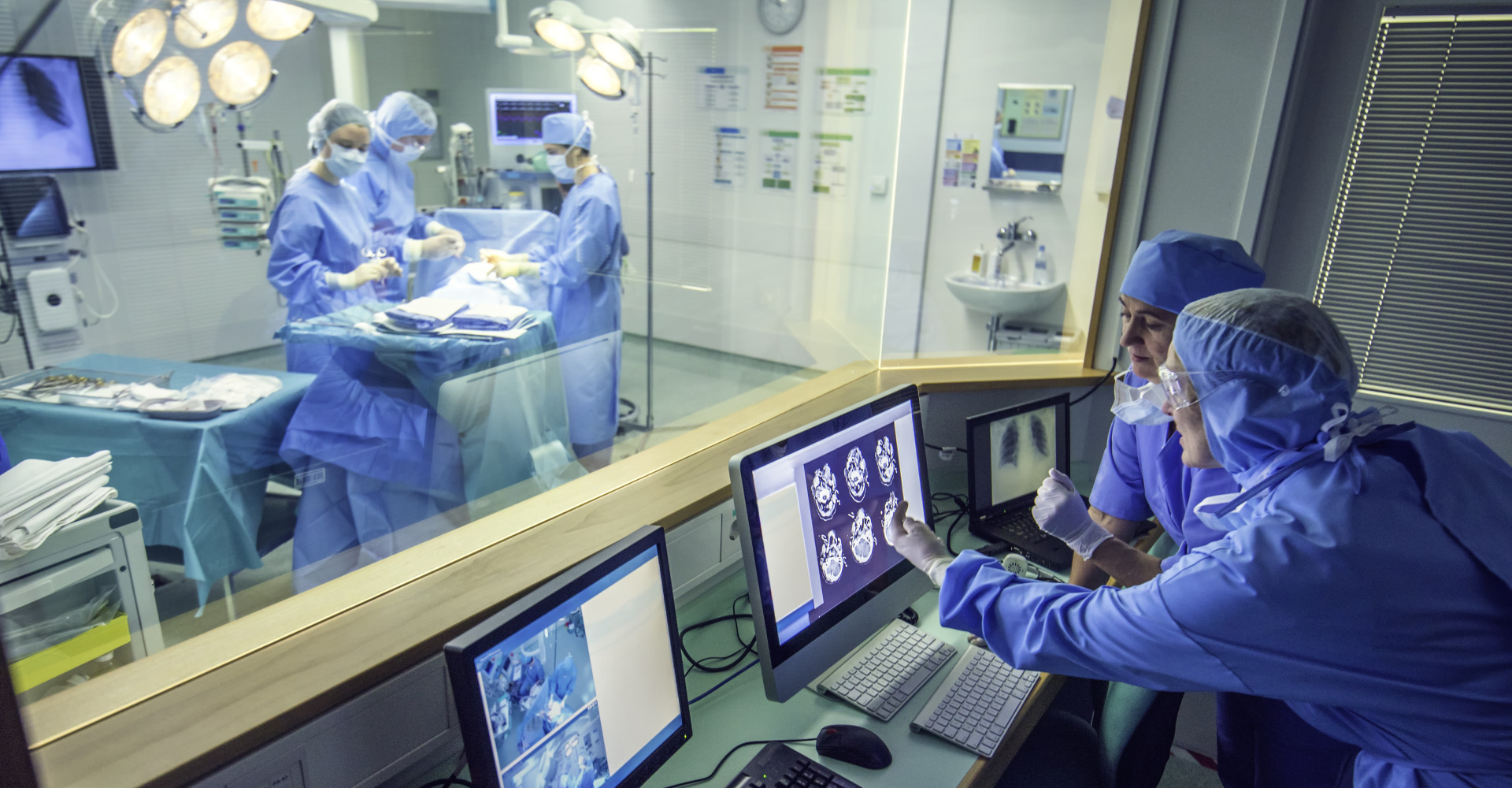
In this article, we speak to Kas Mohammed, vice president of digital energy at Schneider Electric UK and Ireland, about why embracing the internet of things (IoT) is central to ensuring 24/7 operations within healthcare facilities
Extreme weather events, cyber attacks, and epidemics place tremendous strain on healthcare facilities – as we’ve seen in the past year alone.
But, while it may not be possible to predict the next catastrophic event to affect a facility, it is possible to plan for it.
24/7 availability is vital, of course. From treating emergency injuries, to curing long-term illness; there’s no room for downtime in healthcare facilities.
And, under the strain of aging populations and worker shortages, it only takes one local or global event to threaten vital services.
Keeping services running, people safe, and assets and campuses secure, requires data-driven power distribution and building management systems that proactively resist, recover from, and adapt to, threats.
This is where smart, connected building technologies play a vital part in creating resilient healthcare facilities.
IoT is the foundation
Taking a connected approach, by embracing IoT technology, is central to ensuring 24/7 operational continuity, uninterrupted access to patient data, and robust clinical monitoring systems.
Technology research firm, Guidehouse Insights, recently surveyed 600 global healthcare executives and found that most executives consider resiliency a critical reason to invest in IoT.

Yet many administrators cited ROI uncertainty as a hurdle to investing in IoT building technologies, which may hinder adoption.
In an environment where downtime can be the difference between life and death, IoT-based power and building management systems prove their value the first time they prevent a downtime event. In fact, IoT is the backbone of resilient healthcare, and by using integrated IoT-based solutions you can help optimise two essential dimensions of healthcare resilience – power availability and cyber security.
Power availability
In medicine, your facility simply can’t afford a power problem disrupting a surgical procedure, an ICU, or other care areas.
Power quality issues can be an unseen factor in electrical reliability.
And invisible conditions like harmonics and voltage fluctuations can cause malfunctions or shorten the life of sensitive healthcare equipment.
Unfortunately, these issues may only come to light following an incident.
Taking a connected approach, by embracing IoT technology, is central to ensuring 24/7 operational continuity, uninterrupted access to patient data, and robust clinical monitoring systems
But, from design and build, to operate and maintain; the latest cutting edge IoT-enabled platform, solutions, and services can now help healthcare facilities take a preventative approach to power issues.
Software is available that simplifies power management monitoring, providing rich energy visualisation and power analysis for more-efficient and reliable operations.
Integrated with intelligent apps, these can provide facilities teams with early warnings of potential problems and the insights needed to mitigate them quickly.
Cutting-edge digital services are available to protect power reliability and critical electrical equipment from power-related failure via smart alarming, remote troubleshooting, and 24/7 real-time monitoring sent directly to a smartphone.
Combining analytics and with service experts, these services find, prioritise, and recommend solutions to resolve electrical issues across a facility’s entire infrastructure – helping facilities managers to concentrate on preventing problems instead of adding new ones to their maintenance backlog, which is already a major challenge in the NHS.
The security of OT systems is often overlooked, with cyber security conversations focusing, too often, purely on IT
The last step to providing end-to-end resilience is adopting a microgrid.
These offer the resilience healthcare facilities need to maintain normal operations even if the utility grid goes down.
Unlike traditional back-up generators, microgrids are always on and support day-to-day power capacity requirements to help connect, control, and monitor energy resources. They also pro-actively manage energy production, promoting renewable energy, and automatically ‘islanding’ in the event of losing the grid – all while automatically forecasting and optimising how, and when, to consume, produce, and store energy.
OT cyber security in the public sector
The security of OT systems is often overlooked, with cyber security conversations focusing, too often, purely on IT.
In healthcare, cyber attacks don’t only arise through email hacking, so considering the security of your wider facility is key.
While the IoT revolution enhances many aspects of healthcare, it also comes with an increased risk of cyber attacks.
Everything from sensitive patient data, to life-saving operational equipment, must be actively protected.
Deploying cyber-secure-by-design operation technology (OT) is not enough. The network layer – where devices communicate, and data turns into business value – must also be protected.
As devices are added or decommissioned over time, or as older software becomes less secure, IT/OT becomes a complex puzzle.
To create an indepth cyber defence, look for solutions that operate at the nexus between IT and OT and are suited to securing the connection of these systems.
Protecting critical assets with this approach not only ensures reliability and patient safety, but also saves costs in an industry where finances are constantly squeezed
Best-of-breed cyber security assessment services are a good place to start, to analyse the current operational environment for vulnerabilities and return prioritised recommendations to help remediate high-risk areas first.
This structured approach helps identify outdated, vulnerable systems and provides a simplified path to building system modernisation in a manageable way.
Protect critical assets, reduce costs
Protecting critical assets with this approach not only ensures reliability and patient safety, but also saves costs in an industry where finances are constantly squeezed.
The average cost of an eight-hour outage at a 200-bed hospital is over £840,000. So safeguarding against shock outages is critical for the industry and settling for a reactive approach exposes everyone to risk and uncertainty they can’t afford.



The most-effective pathway to this is condition-based maintenance. This leverages the power of big data to help you anticipate problems and prevent disruption.
Power and building systems digitalisation is the key to unlocking that data and using it to drive data-based decisions.
Extraordinary healthcare services require equally extraordinary facility resilience.
And a ‘prevention is better than cure’ mindset is essential, and the industry now has access to digital, connected platforms designed to help them convert this mindset into action.
To find out more, read the full healthcare resiliency guide here.